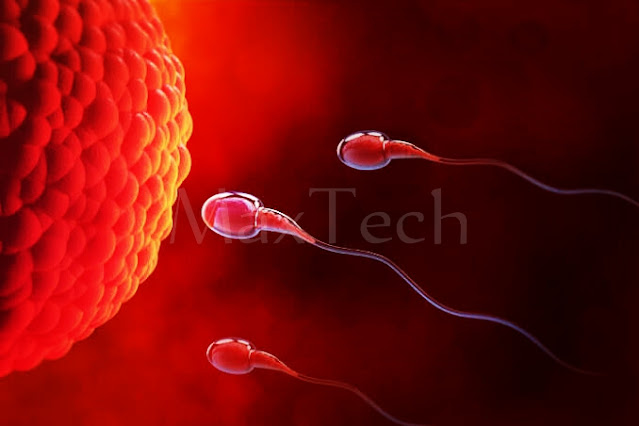
Health news of the week: Infertility; causes, diagnosis & more
What is Infertility?
Infertility is defined as the failure to conceive after a year of unprotected and unrestricted intercourse. In women over 35, the period is defined as six months. Primary infertility is when a couple has never had children, whereas secondary infertility refers to couples who have had children together but are at present unable to conceive.
Causes of infertility
The causes of infertility are equally split between male, female and unknown causes.
Male causes
Oligospermia/azoospermia
Varicocele
Prostatic infection
Majority of sperms are inactive or non-motile
Blockage of the reproductive tract, following surgery or injury
Reduction in sperm quality or quantity may be idiopathic, or a result of conditions such as:
Congenital – Klinefelter’s syndrome
Acquired:
Infections of the male reproductive tract
Alcohol or drug abuse
Exposure to environmental pollutants
Smoking
Following mumps orchitis
Chronic illnesses such as kidney disease
Testosterone underproduction
Medications
Chemotherapy/ radiation
Heat exposure to the testes, such as overly warm tubs, use of a laptop on the lap for long periods, varicoceles.
Impotence or premature ejaculation
Female causes
An ovulation:
Polycystic ovarian syndrome, a metabolic disease in which infertility is often associated with diabetes and obesity.
Primary ovarian failure
Blockage of the fallopian tubes, due to endometriosis, pelvic inflammatory disease, ectopic pregnancy, or surgery.
Uterine developmental abnormalities, fibroids, or adhesions.
An ovulation may be due to many factors, including:
Age
Smoking
Alcohol abuse
Stress
Obesity
Malnutrition
Diagnosis of the cause of infertility
In men, testing starts with semen analysis, and hormonal assays if indicated, as when sperm counts are very low.
In women, ovulation is tested for, either at home, using means such as basal body temperature or cervical mucus tests, or in hospital, with an ultrasound or blood tests.
If ovulation is present, tests may be performed to rule out tubal or uterine blockages and assure normal uterine anatomy.
If ovulation is absent, hormonal levels are checked, as well as metabolic parameters.
Treatment
Treatment is based on:
The couple’s age
The period of infertility
The test results, showing any abnormalities, if present.
The health of the couple
Treatment includes:
Medication for obvious problems, such as anovulation or infection.
Surgery for blockages or for varicoceles.
Impotence or premature ejaculation require behavioral and medical therapy.
Other modes of treatment such as:
Artificial insemination
Assisted reproductive technologies, such as in vitro fertilization, intracytoplasmic sperm injection, or gamete intra-fallopian transfer.
ART is costly, time-consuming and carries a relatively higher risk of certain birth defects, such as heart, digestive and cleft lip/palate problems.
More modern choices include the use of a surrogate mother or a gestational carrier.




























Post Comment